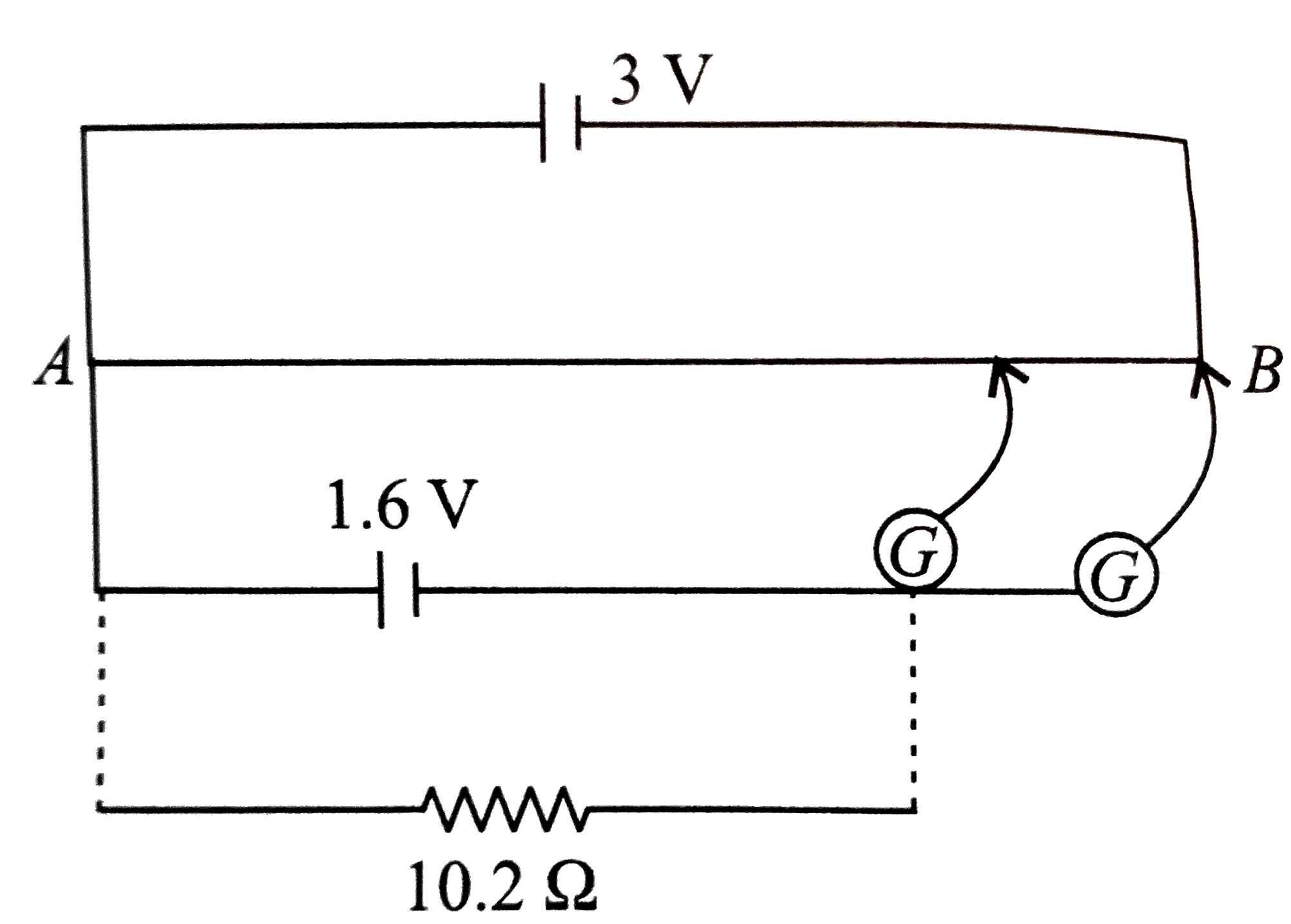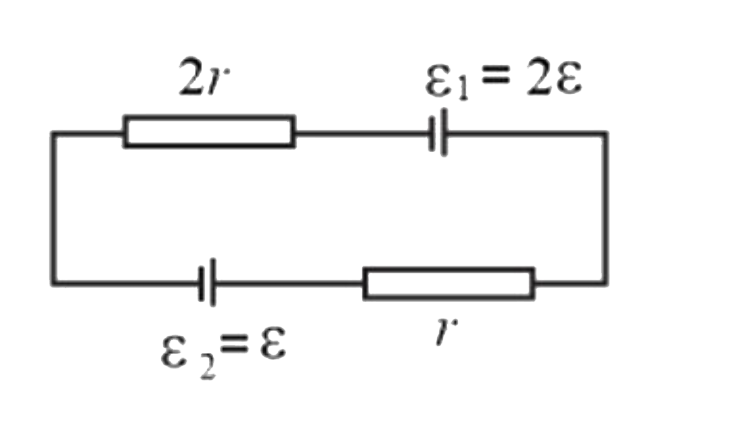What flows in the internal circuit of a galvanic cell?
Step-by-Step Solution:
1. Understanding the Galvanic Cell:
- A galvanic cell is a device that converts chemical energy into electrical energy through redox reactions. It consists of two half-cells: one for oxidation and one for reduction.
2. Identifying the Components:
- The oxidation half-cell contains the anode, where oxidation occurs.
- The reduction half-cell contains the cathode, where reduction occurs.
- These half-cells are connected by an external circuit and an internal circuit through a salt bridge.
3. Role of the Salt Bridge:
- The salt bridge is a U-shaped tube filled with an electrolyte solution (like KCl or KNO3) that connects the two half-cells.
- It allows the flow of ions between the half-cells, which is essential for maintaining electrical neutrality.
4. Flow of Ions:
- In the internal circuit of the galvanic cell, it is the ions that flow through the salt bridge.
- Cations move towards the cathode, while anions move towards the anode to balance the charge as electrons flow through the external circuit.
5. Conclusion:
- Therefore, the answer to the question "What flows in the internal circuit of a galvanic cell?" is that ions flow through the internal circuit, specifically through the salt bridge.
- A galvanic cell is a device that converts chemical energy into electrical energy through redox reactions. It consists of two half-cells: one for oxidation and one for reduction.
- The oxidation half-cell contains the anode, where oxidation occurs.
- The reduction half-cell contains the cathode, where reduction occurs.
- These half-cells are connected by an external circuit and an internal circuit through a salt bridge.
- The salt bridge is a U-shaped tube filled with an electrolyte solution (like KCl or KNO3) that connects the two half-cells.
- It allows the flow of ions between the half-cells, which is essential for maintaining electrical neutrality.
- In the internal circuit of the galvanic cell, it is the ions that flow through the salt bridge.
- Cations move towards the cathode, while anions move towards the anode to balance the charge as electrons flow through the external circuit.
- Therefore, the answer to the question "What flows in the internal circuit of a galvanic cell?" is that ions flow through the internal circuit, specifically through the salt bridge.
Similar Questions
Knowledge Check
3V poteniometer used for the determination of internal resistance of a 2.4V cell. The balanced point of the cell in open circuit is 75.8cm. When a resistor of 10.2Ω is used in the external circuit of the cell the balance point shifts to 68.3cm length of the potentiometer wire. The internal resistance of the cell is
 A2.5ΩB2.25ΩC1.12ΩD3.2Ω
A2.5ΩB2.25ΩC1.12ΩD3.2Ω
Which of the following statements is correct for a galvanic cell?
View SolutionState the principle of potentiometer. With the help of circuit diagram, describe a method to find the internal resistance of a primary cell.
View SolutionIn the circuit shown if the internal resistance of each cell is r, then the rate at which the chemical energy of ε1 is being consumed is

View SolutionIn a potentiometer arrangement for determining the emf of cell, the balance point of the cell in open circuit is 350 cm. When a resistance of 9Ω is used in the external circuit of cell , the balance point shifts to 300 cm. Determine the internal resistance of the cell.
View SolutionWhich of the following statement is correct about Galvanic cell?
View SolutionWhich of the following statements is wrong about galvanic cells?
View SolutionWho invented the galvanic cell?
View Solution
